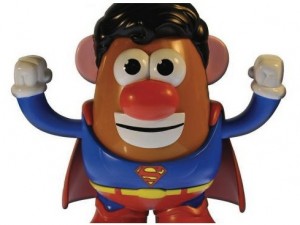Star Wars
This past weekend I was able to relive a part of my childhood. My brother and I were able to get tickets to go watch the re-release of Star Wars Episode I. I must say that I was extremely excited to go watch the movie, but when I got there I realized that I was now the “old geeky guy” as I was surrounded by children and teenagers. As I sat next to my older brother in the theater awaiting to watch Star Wars, I could not help but feel old. My brother and I were reminiscing about the first time that we saw this movie and then we realized that it was almost fifteen years ago. Back then my brother was sporting the typical 90’s gelled up hair and I was still watching Power Rangers. I felt old when I realized this, I can’t imagine how he felt now that he is almost 30. Nevertheless, the movie was awesome and I was glad that my brother and I were able to relive our glory days once again. On the ride back home, he and I were talking about how much publicity the movie had made, both good and bad. Personally, when I first heard that they were going to re-release all of the movies I was ecstatic. But of course there are those hardcore fans who were outraged when the movie came out the first time, I not being among them. But that is the beauty about Star Wars, you will always have people fighting over which movie is the best, that George Lucas destroyed the originals, who Shot first, etc. But no matter what side they choose, light or dark, every fan will still go watch the movies.





